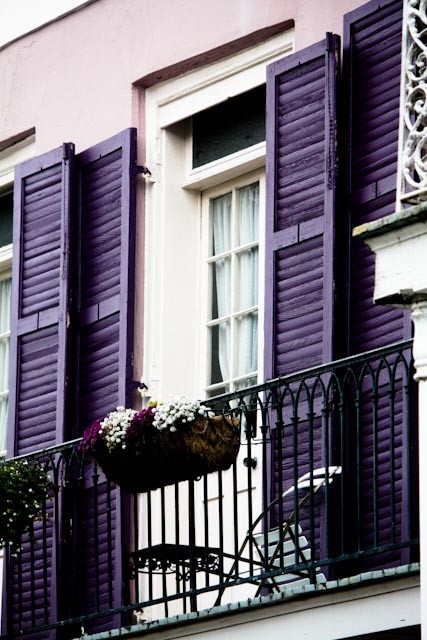Ben Curtis/Associated Press
Maybe we need to stare at a simple, everyday family snapshot to remember what binds us. Like that one of Jad Allah Jumaa.
He was 1½ years old when he died on Feb. 21 in an airstrike on eastern Ghouta. He was wearing his pink sweater.
Ukraine 2022:“She said, ‘Don’t worry, I will get out.’”
After she didn’t, he said he felt it was important that their deaths had been recorded in photographs and video. “The whole world should know what is happening here,” he said.
Russia 1935-1940:[...] that state of numbness which was characteristic of us all, she quietly asked me (for everyone spoke in a whisper in those days):
“And can you write about this?”
And I replied:
“I can.”
And then something like a smile flickered across what was once her face.
April 1, 1957
Leningrad
"I"ve been down to see Dachau."
One of the men said suddenly, "We've got to talk about it. We got to talk about it, if anyone believes us or not."
Syria: Such attacks on truth continue to betray unspeakable inhumanity. But the bigger threat to decency now may come from our own normalizing indifference to these images. Once upon a time, Syria was a beautiful, cultured country. Today it is a shambles, and many of us have turned away.
At one time, images from Syria galvanized our attention. A couple of years ago, drone footage of the Mashhad area in Aleppo went viral. A neighborhood of apartments and homes where people had recently cooked, prayed, made love and gone to school became indistinguishable from Berlin, 1945, or Grozny, 2000. Neighborhoods incubate hope, I wrote back then. That’s what strongmen like Mr. Assad, who turn their armies on their own people, are trying to extinguish.
The philosopher Avishai Margalit has distinguished the journalist or historian, who passes along evidence of evil and suffering, from the “moral witness,” who endures evil and suffering firsthand, like the Syrians. A moral witness sustains hope that some “moral community” is out there to receive and be moved by this evidence. Bearing witness is a shared process. A public chooses to join that community or else opts out of the moral loop.
The Times routinely publishes even more harrowing images from Africa and the Middle East, without similar reactions.
Was it that the woman on the bridge was white and the victims in the pictures from Africa and Syria are black or Muslim?
Or is it that what’s happening in Syria, year after year, just seems impossibly remote and hard to fix? We mourn when a single whale gets caught in a net and dies but throw up our hands at climate change. The scale of suffering in a place like Ghouta seems almost too big and painful to grasp. The incivility, the breakdown of government, the endless noise — they’ve also taken a toll.
There’s an argument that coarsened culture requires even more gruesome photographs to rouse our numbed humanity. It’s what some advocates for tougher gun regulations contend about graphic images of school shooting victims.







No comments:
Post a Comment